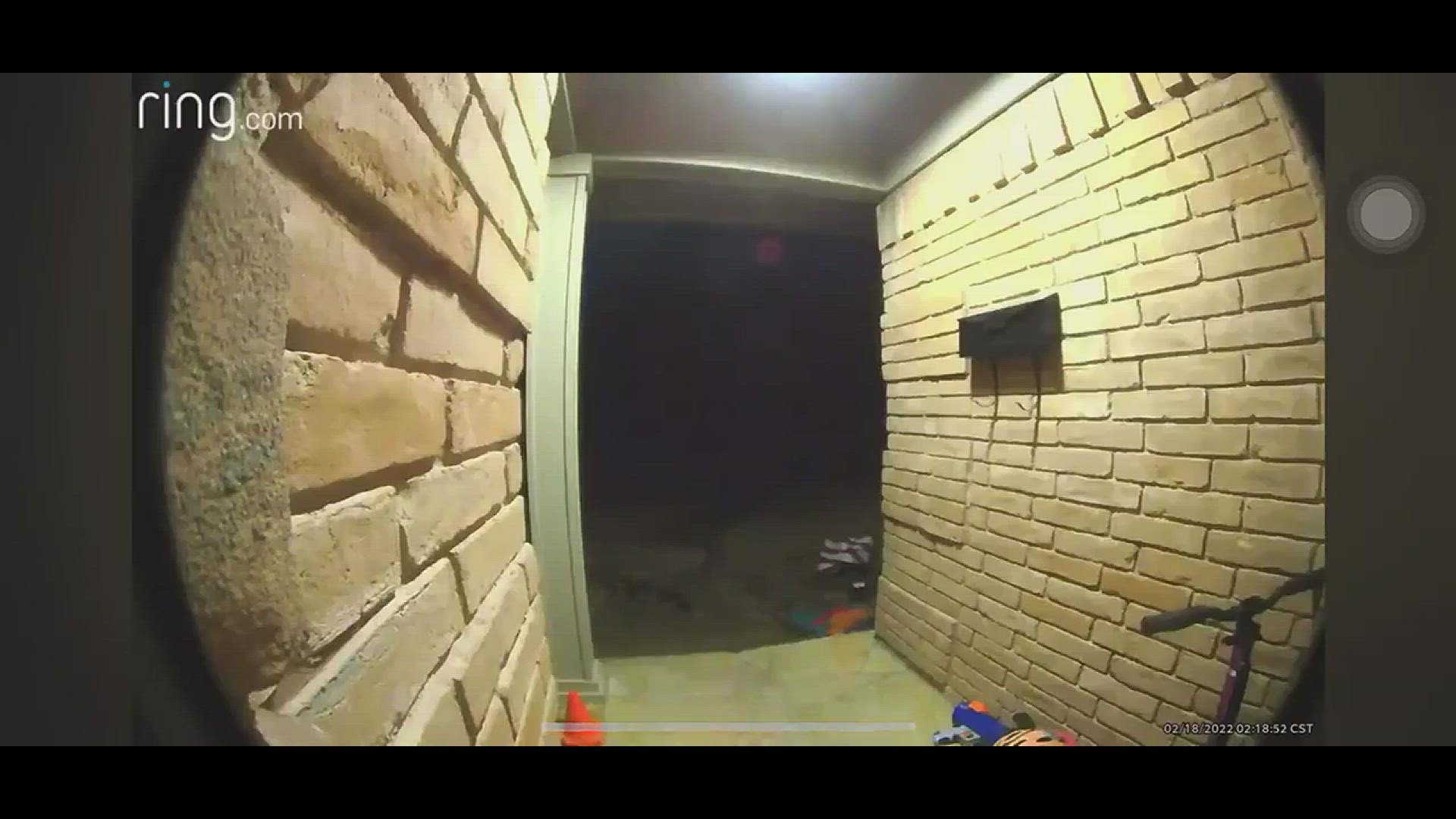TEXAS, USA — After a 2-year-old child was attacked by a coyote in the northeast Dallas area, there has been a heightened awareness of wild coyotes in higher-populated areas.
A 2-year-old child was also recently attacked by a coyote in southern California.
These wildlife sightings have become more common as urban expansion increases. But it's no surprise to wildlife officials that coyotes are found in urban areas, amid rapid population growth. Dallas Animal Services said there were 14 calls for coyote sightings from the area prior to the Dallas attack.
Where do coyotes live?
Coyotes have adapted easily to the expansion of human communities into their habitat and can occasionally be found in urban and suburban neighborhoods, TPWD says on its website. Coyotes have an extensive range across the United States. They have "slowly filled the void left by the declining population of wolves throughout the country." In Texas, they range throughout the state, according to TPWD.
"The adaptability of the Coyote and its acute sense of survival make it difficult to identify preferred habitat, although they most typically are associated with open plains in the West and brushy areas in the East," TPWD says online. "Their opportunistic nature has provided them the full advantage of surviving in a rapidly changing environment."
Interaction with humans
Coyotes are "very wary of humans, however they can become accustomed to humans especially if they are fed," TPWD says. In the Dallas attack, officials said that, during the investigation into the attack, it was clear that the coyote was well-known in the neighborhood and that residents were routinely handfeeding and petting the coyote due to its lack of fear of human contact. Neighbors who reached out to WFAA, though, denied that they'd seen anyone actively feeding the coyote.
Brett Johnson, City of Dallas urban biologist, corroborated that claim in Thursday morning's press conference, saying he responded to the incident on Tuesday, and three different people told him the coyote had been intentionally-fed by humans.
TPWD says on its website coyotes are "opportunistic feeders and will eat almost anything, alive or dead, garbage, meat, fish, vegetables, berries or whatever they can find easily."
Doorbell camera footage shared with WFAA by the Texas Parks & Wildlife Department shows a coyote – reportedly the same one that injured the child – stealing a DoorDash order off another nearby neighbor's porch.
This is an example of what Johnson called "unintentional feeding." Johnson also said he noted multiple examples of "unintentional feeding" in the neighborhood as he drove around. Some other generic examples of unintentional feeding he gave were: trash being left out, outdoor cat food and overflowing bird feeders (attracts rodents, which in turn attracts coyotes).
A man on Nextdoor said their dog was attacked and killed by a coyote who jumped over their fence. TPWD says on its website that "hungry coyotes may occasionally take small domestic animals or poultry."
TPWD also says they may live alone or in "small packs" of up to six. Breeding season for coyotes lasts from mid-January to early March, and they can have litters of five to seven pups.
Coyotes do hunt at all times of the day, but are more commonly seen more often in the early morning or just before sunset.
Dallas Animal Services said if you run into a coyote, call 911 and don’t approach it. Try these hazing techniques to scare it off:
- Use your body: The simplest method of hazing is making yourself loud and large. Stand tall, wave your arms and yell at the coyote until it runs away.
- Use noisemakers: Try sounding off whistles, air horns, or bells; shake soda cans filled with pennies or pebbles; stomp your feet or bang pots and pans together.
- Use projectiles: Toss sticks, small rocks, cans, tennis balls or rubber balls near the coyote to startle it (do not attempt to hit the coyote with these objects).
- Others: Spray the coyote with a hose or fill a water gun or spray bottle with vinegar water and spray at them. Pepper spray and bear repellant may also be used.

